No single index is a reliable quality predictor
Fishmeal is currently an essential component in practical diets for most farmed shrimp and finfish. The quality of fishmeal used as a dietary ingredient, however, can influence the feed utilization and growth of the aquaculture species. The choice of fishmeal has important biological and economic implications to farmers interested in optimizing the biological performance of their animals and feed manufacturers interested in optimizing customer satisfaction by providing the best possible feeds at low cost.
The authors recently conducted a study at the Oceanic Institute in Hawaii, USA, to determine if the chemical quality indices of fishmeal could predict the biological performance of Pacific white shrimp (Litopenaeus vannamei) to facilitate diet formulation for this species. The work was supported through a grant from the United States Department of Agriculture Agricultural Research Service.
Fishmeal quality criteria
Several criteria are used as indicators of fishmeal quality, which in turn affect fishmeal pricing. One example is the level of biogenic amines like histamine in fishmeal. In a 1996 study utilizing seven commercial fishmeals, Ostrowski et al. found that certain chemical quality indices influenced the feed intake, conversion, and weight gain of juvenile dolphin fish, (Coryphaena hippurus). They concluded that pepsin digestibility, total volatile nitrogen, and free fatty acids were useful indicators of fishmeal quality.
Study setup
The authors’ eight-week shrimp feeding trial used eight isocaloric, isonitrogenous diets: five diets with different types of anchovy meal (AFM), two with menhaden meal (MFM), and one diet with high-quality, low-temperature processed fishmeal (LTFM). Three additional diets were formulated with LTFM supplemented with 300, 600, and 900-ppm free-base histamine. A commercial diet served as a performance reference. Four replicate groups of 90 1-gram shrimp each were used for each dietary treatment. They were stocked at a density of 90 animals per m2 in outdoor, circular mesocosm tanks that simulated natural pond phytoplankton blooms.
In addition to proximate analyses (Fig. 1), other chemical quality indices were measured on the fishmeal and/or feed, including Torry pepsin digestibility, protein:nonprotein ratio, collagen, available lysine, total volatile nitrogen, protein solubility index, tryptophan, free fatty acid, thiobarbituric acid, and carbonyl value; several biogenic amines including histamine (Fig. 2); and the toxic amino acid gizzerosine (Fig. 3). Details of the analytical methods used for most of the indices tested are available in Ostrowski et al. (1996).
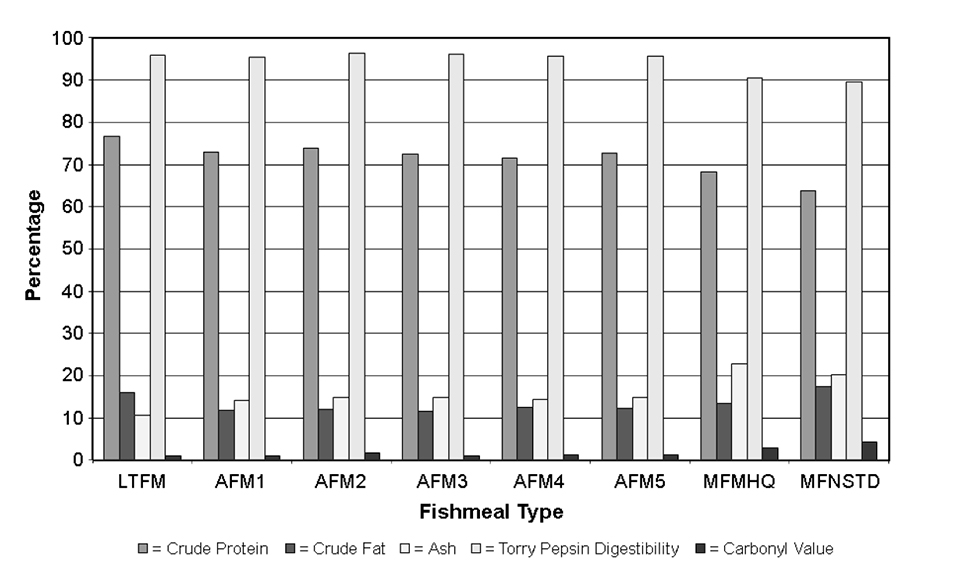
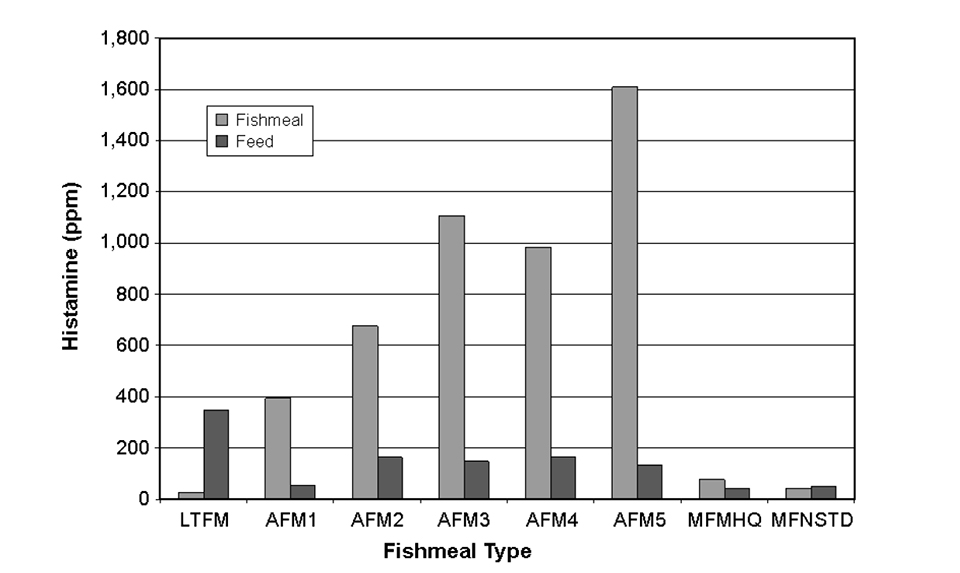
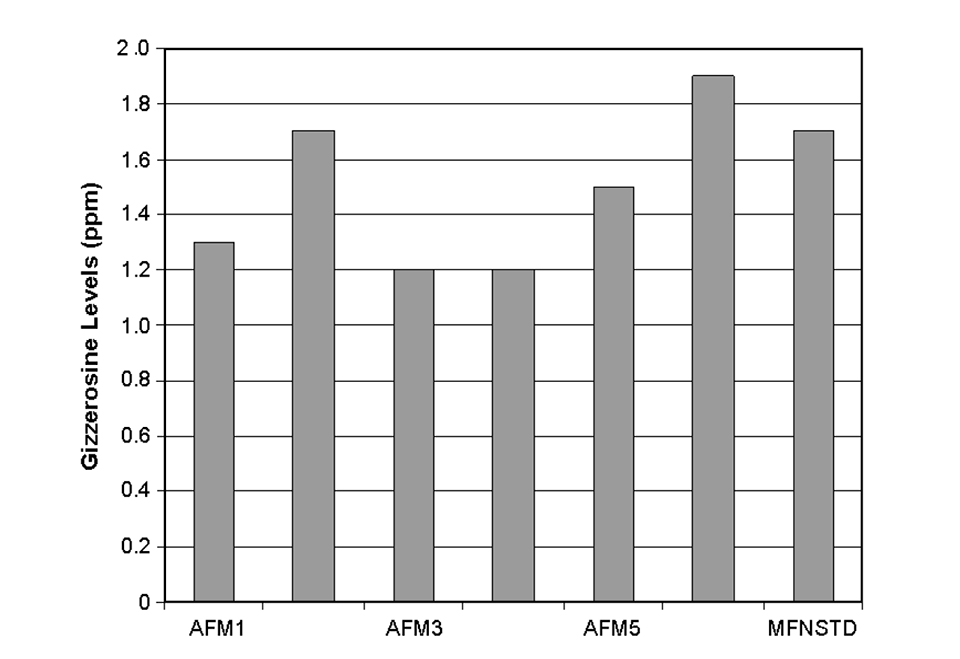
Results
Results indicated that the final weight, feed conversion, and survival of the L. vannamei were related to the quality of fishmeal used in the test diets. The final weight of shrimp fed diets containing MFM (9.5 0.4g) was 8.6 percent lower (P < 0.05) than shrimp fed diets containing AFM or LTFM (10.5 0.5g).
Strong correlations (P < 0.005) were determined between several biological performance measurements and the chemical characteristics of the fishmeals tested. For example, final weight was directly related to crude protein content (r = 0.75) and pepsin digestibility (r = 0.79), and indirectly related to the ash content (r = 0.83) and carbonyl value (r = 0.84) of the meal. Overall biological performance was lowest in the shrimp fed the diets containing fishmeals with the lowest crude protein contents, pepsin digestibilities, available lysine values, and protein solubility indices; and the two highest ash contents, carbonyl values, collagen values, free fatty acids, and gizzerosine levels. These results represent further evidence of covariation within fishmeals among the chemical quality indices.
There was no influence of histamine on the final weight of shrimp fed diets containing added histamine measured up to 348 ppm in finished feeds.
Conclusion
As with other species tested to date, the results of this study indicated no single chemical quality index is a reliable predictor of the quality of fishmeals used in diets for Pacific white shrimp. Fishmeal crude protein content and pepsin digestibility values appeared to be directly related to shrimp growth, whereas ash content and carbonyl value were inversely related.
Biogenic amines, including histamine, degrade or are lost at the processing temperatures used for fishmeal and feed, as seen from the difference in histamine levels measured in fishmeal and feeds in Fig. 2. Thus, measurement of their levels as a quality index can produce varying results that make it difficult to correlate biological performance to their levels in fishmeal and feeds.
Gizzerosine, a stable amino acid that may not degrade, deserves further attention as an indicator of fishmeal quality. The influence of gizzerosine levels in fishmeal and finished feeds on shrimp growth also merits further study.
Note: Cited references are available from the authors.
(Editor’s Note: This article was originally published in the June 2003 print edition of the Global Aquaculture Advocate.)
Now that you've reached the end of the article ...
… please consider supporting GSA’s mission to advance responsible seafood practices through education, advocacy and third-party assurances. The Advocate aims to document the evolution of responsible seafood practices and share the expansive knowledge of our vast network of contributors.
By becoming a Global Seafood Alliance member, you’re ensuring that all of the pre-competitive work we do through member benefits, resources and events can continue. Individual membership costs just $50 a year.
Not a GSA member? Join us.
Authors
-
Subramaniam Divakaran, Ph.D.
Research Scientist
Nutrition Department
U.S. Marine Shrimp Farming Program
The Oceanic Institute
41-202 Kalanianaole Highway
Waimanalo, Hawaii 96795 USA -
Anthony C. Ostrowski, Ph.D.
Director
U.S. Marine Shrimp Farming Program
The Oceanic Institute
41-202 Kalanianaole Highway
Waimanalo, Hawaii 96795 USA
Related Posts
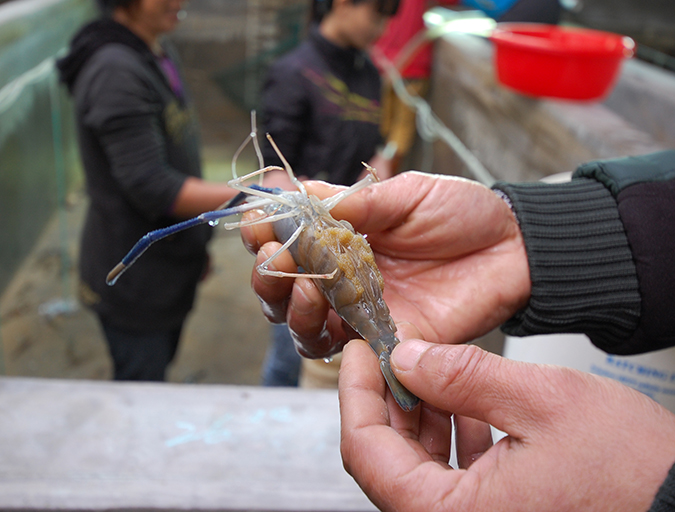
Intelligence
An inside look at Sino Agro Foods’ giant prawn MegaFarm
Sino Agro Foods has developed a proprietary recirculating aquaculture system that yields high production volumes and profitability. The facility should significantly contribute to seafood production in China and to help satisfy increasing demand for high value, safe and sustainably produced seafood.
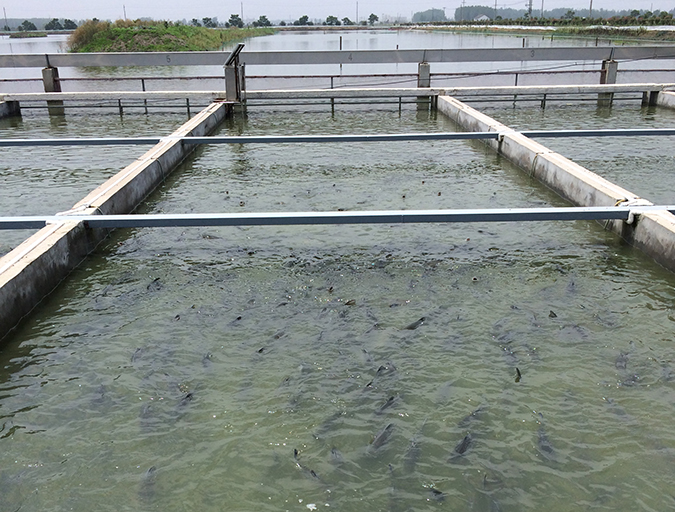
Innovation & Investment
GOAL 2016 preview: IPA technology catching on in China
Intensive pond aquaculture (IPA) technology, a floating, in-pond raceway system developed in the United States, is being adopted fast in China, just three years after its introduction, says Jim Zhang, aquaculture program manager for USSEC-China.
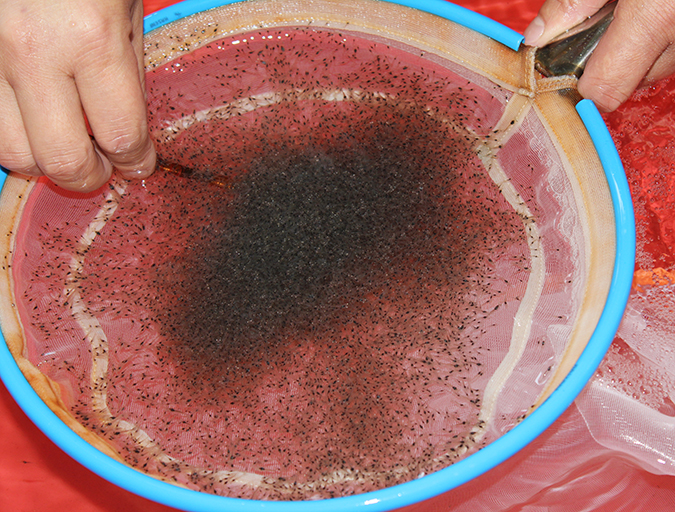
Health & Welfare
Acclimating shrimp postlarvae before pond stocking
Shrimp postlarvae acclimation before stocking into the various growout systems (ponds, raceways, tanks) is a critical – and often overlooked, sometimes taken for granted – step in the shrimp culture process. Various water quality parameters should be changed slowly so that the young shrimp have the time to gradually adapt to the new conditions.

Health & Welfare
Born in Hawaii, SPF broodstock shrimp industry faces globalization
The next step for shrimp breeding will be developing animals that aren’t just disease-free, but increasingly resistant to multiple pathogens. The industry is globalizing, with suppliers setting up shop overseas. But its birthplace will always be Hawaii.


